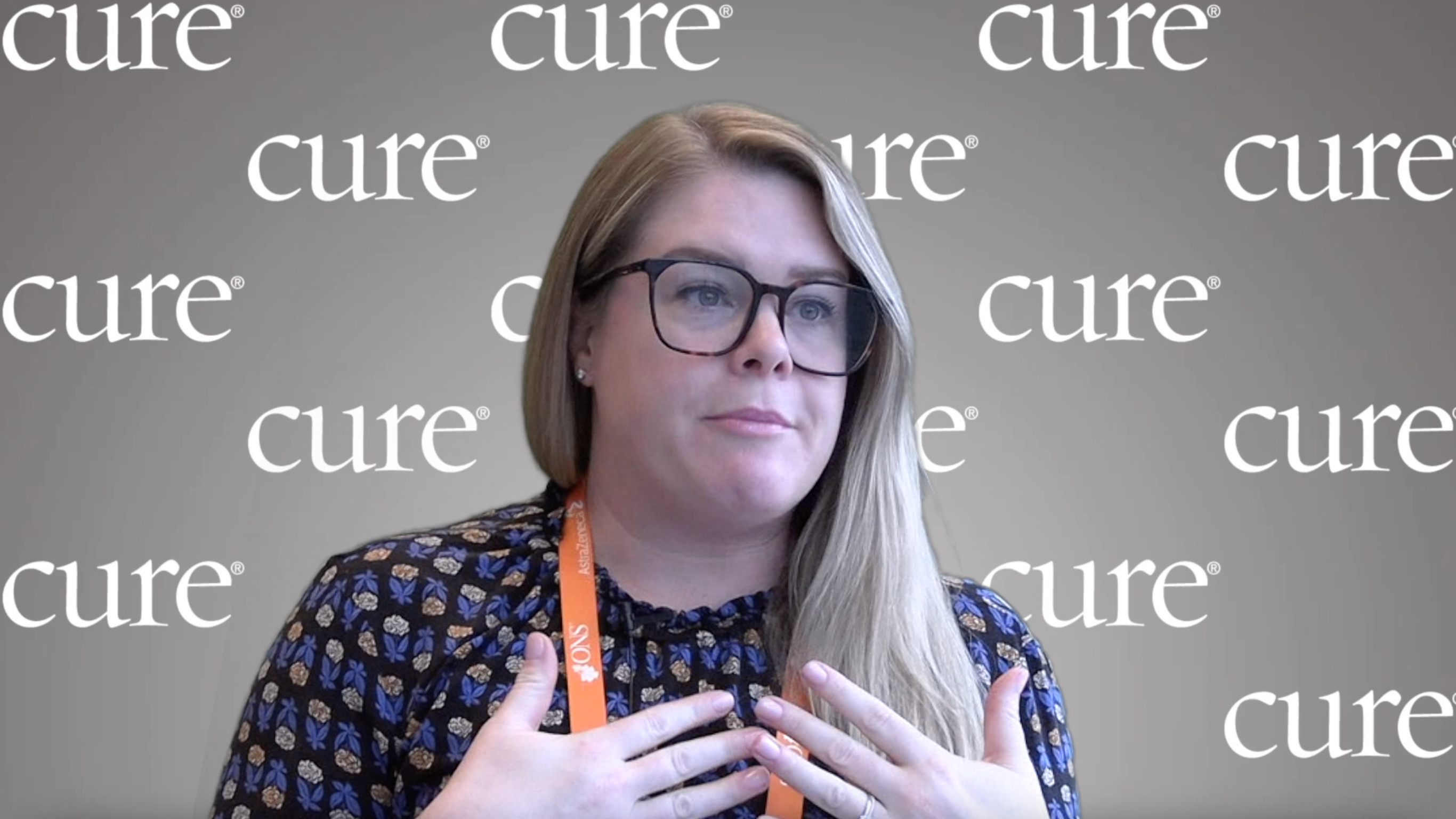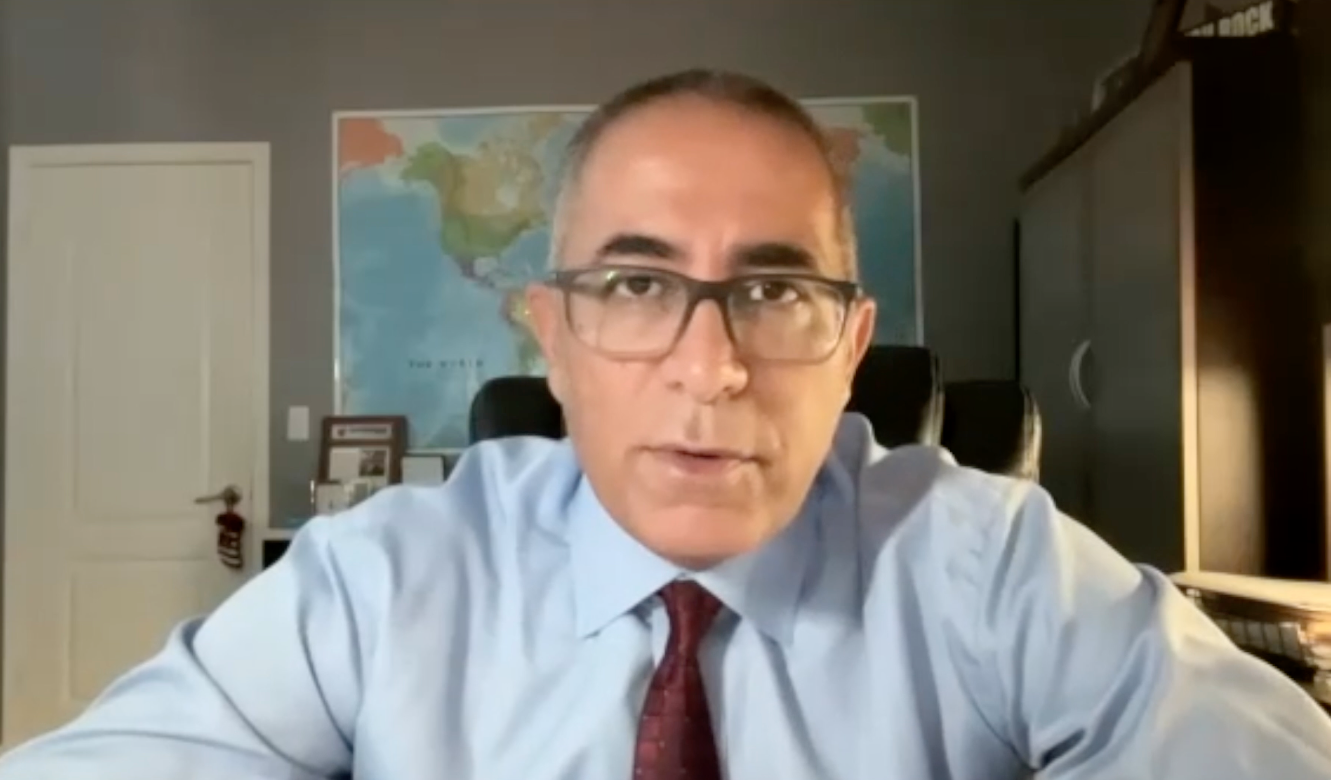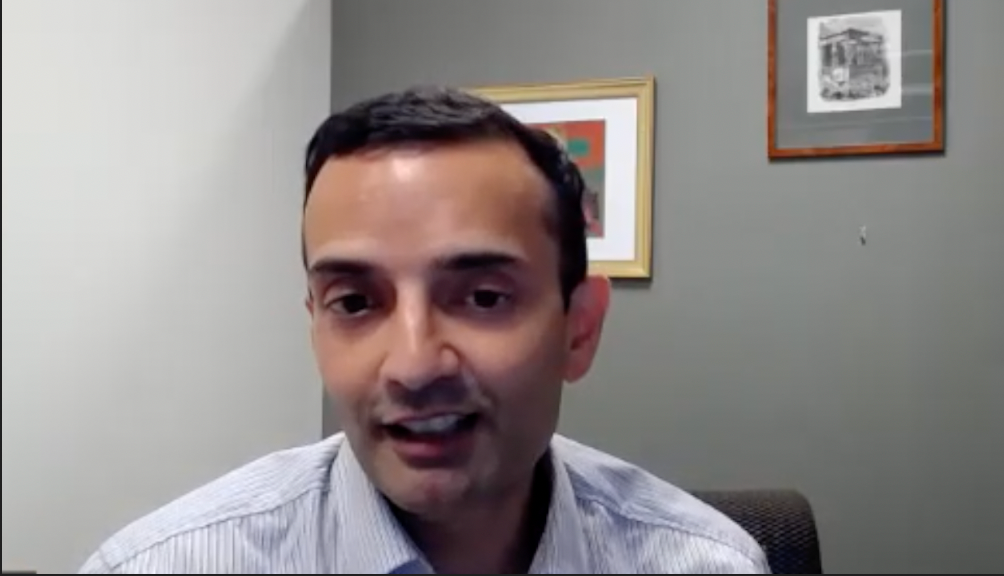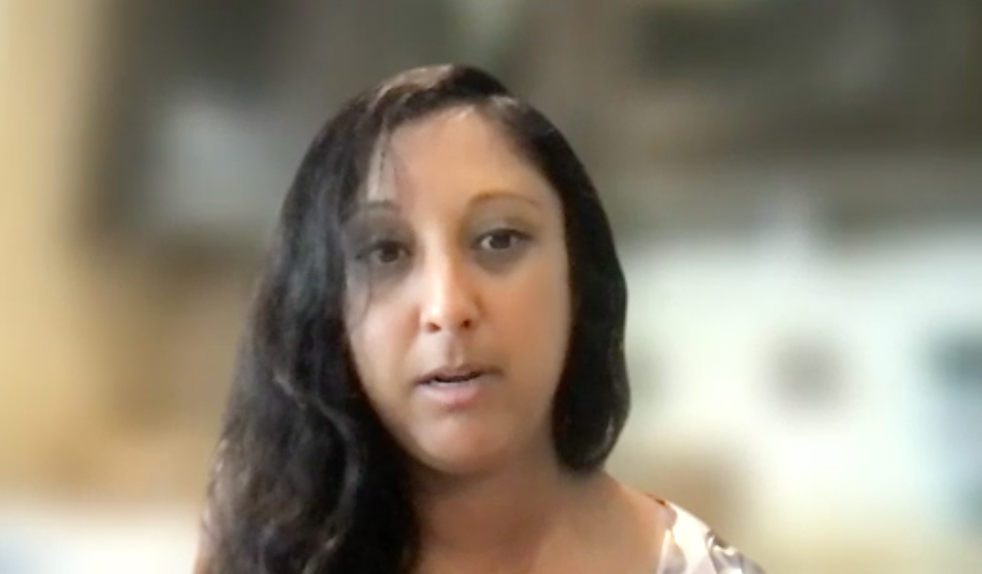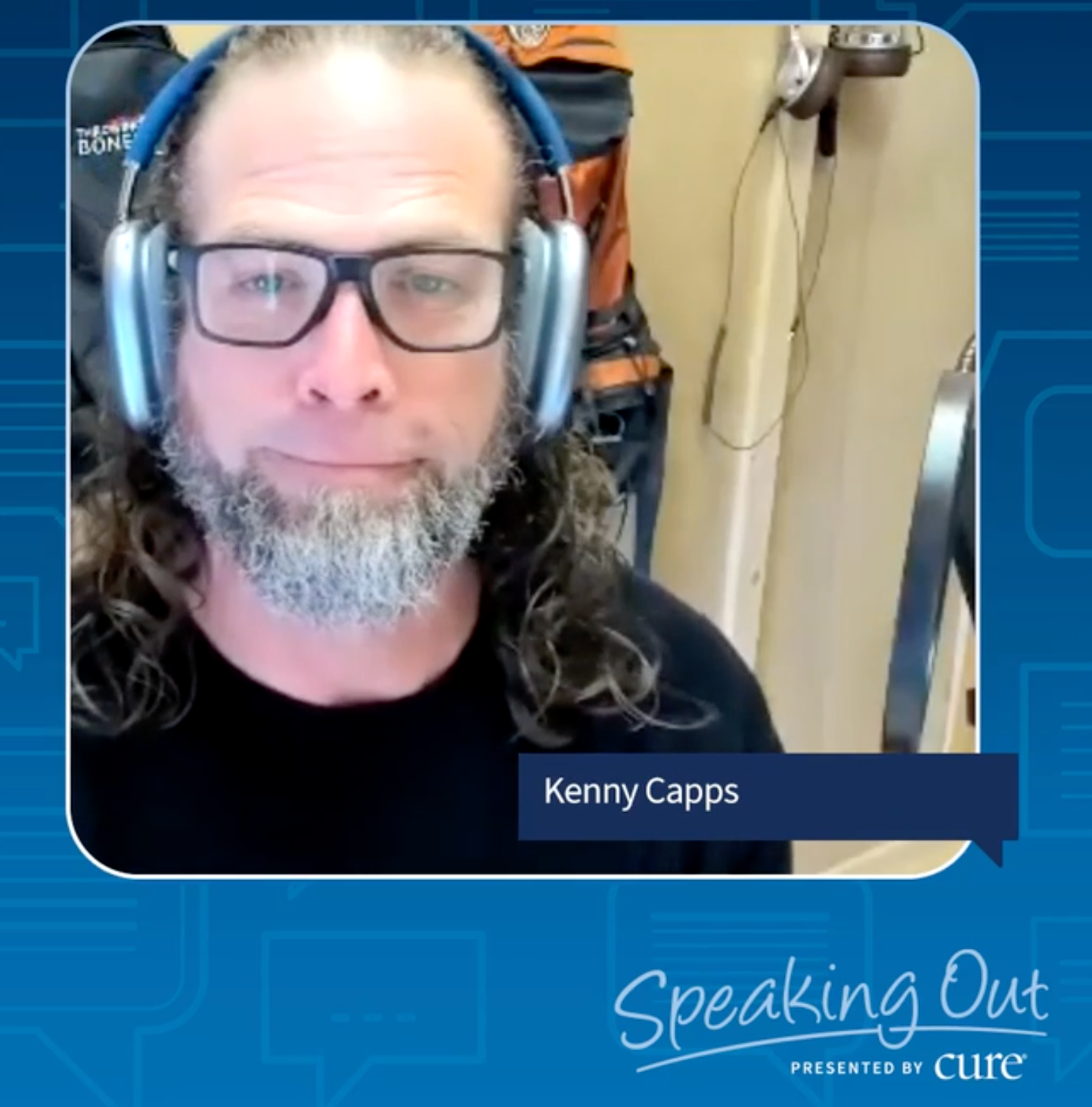Article
Oral Chemo Makes the Prospect of Facing a Lifelong Cancer Prognosis That Much Easier
Author(s):
All in all, I’m very pleased with being able to get my oral chemo directly from my clinic’s pharmacy. The staff knows me and they know my doctor.
Oral chemotherapy has been a godsend for me.
I’ve been on Revlimid (lenalidomide) since September 2014; first in combination with weekly IV infusions, later exclusively as a maintenance regimen. The drug has helped keep my multiple myeloma in remission for the past three years.
Popping pills at home is a lot more convenient than traveling to the clinic for transfusions. The regimen doesn’t interfere with work and allows me to spend more time at home with my family. And self-administering empowers me to actively participate in my own therapy.
Yet, oral chemo isn’t exactly all sweetness and light. The drugs are very powerful and can be toxic if not taken correctly. Many have serious side effects. They’re also often incredibly expensive. Finally, and perhaps most importantly, they won’t work properly if you don’t follow the prescribed regimen.
Transitioning from a clinically-administered IV infusion to a self-administered oral therapy was a real learning experience for me, from both a health and a financial perspective.
Revlimid, which affects the way the immune system works, has a lot of potential side effects, some of which are of the “possibly ending in death” type.
However, the side effects I’ve experienced the most have been lung infections, because the drug lowers my white blood cell count; fatigue, because the drug lowers my red blood cell count; and chronic gastrointestinal distress, because, well, it’s pretty toxic stuff — so toxic that it can potentially cause secondary cancers, abnormally low platelet levels, increased risk of deep vein thrombosis and pulmonary embolism.
Because of this — as well as to monitor remission since multiple myeloma is a lifelong condition – my regimen requires constant vetting:
- Each month, my doctor examines me and runs extensive blood and/or urine tests.
- Every other week, one of the clinic’s nurses talks to me over the phone regarding side effects and to make sure I’m taking the pills correctly.
- Every three weeks, one of the clinic’s pharmacists talks to me in person regarding side effects and to make sure I’m taking the pills correctly.
- Every four weeks the drug manufacturer requires me to complete a phone survey.
As if all that weren’t enough to deal with, oral chemo is also expensive — in my case, expensive as in a “monthly payment on a Lamborghini” expensive. Twenty-one capsules – the typical number you’d take in a month on a 14-day-on/seven-day-off regimen – run anywhere from $14,465 to $15,475, or somewhere north of $700 per pill.
Insurance covers the majority of the cost, whether you’re on a private employee plan or Medicare. Yet, having insurance is only half the battle. You still face the burden of covering out-of-pocket limits — which often are reached on the first prescription – as well as copay charges.
Copays can be expensive, particularly if you have private insurance in a state without oral chemo parity laws, or if you are on Medicare, which requires a copay of 10 percent on every prescription. In my case, copays run about $10,000 per year.
Fortunately, financial assistance is available if you know where to look. Privately insured patients usually can get assistance from the drug manufacturer, while Medicare patients often can obtain grants from a not-for-profit.
Coping with all of these issues can be incredibly taxing. Yet, oral therapy adds still another wrinkle: How do I get my pills?
Initially doctors ordered my Revlimid through a specialty pharmacy — a government-licensed service that works with a network of doctors and clinics to distribute oncolytics and other specialty drugs. The specialty pharmacy rep then contacted me to make sure I knew how and when to take my pills, and to set up a FedEx delivery time. The reps also made follow-up calls every other week to make sure I was adhering to my regimen, and every third week to set up the next delivery.
Early on, we ran into a couple of roadblocks.
In the first roadblock, I missed a delivery — the deliveryman rang the bell exactly once and then left before I could answer the door. Instead of drugs I got a note regretting the missed delivery with a promise that FedEx would try again the next day. It took two frantic calls and about three hours to get the matter straightened out. After that, I always posted a note to let the deliveryman know I was home and sat near the front door on delivery days until I received my order.
In the second, my doctor decided to lower my dosage after I became too ill from the initial prescription. Unfortunately, the prior order already had been mailed, so I ended up with an extra $8,000 bottle of pills that week.
Overall, though, I thought the specialty pharmacy services worked well enough. My drugs arrived on time, and the staffs were always courteous and accommodating — though sometimes I got the impression that they knew me more as a customer than as a person.
When my insurance plan forced me to change doctors last year, my new clinic offered me a second option for getting my medicine: medically-integrated dispensing.
“What’s medically-integrated dispensing?” I asked the receptionist.
“It means you can pick up your pills at the pharmacy here in the clinic instead of having them mailed to you,” she explained.
“You mean I won’t have to wait next to the door anymore?” I said. “Then by all means, sign me up!”
But the medically-integrated dispensing process turned out to be more than just an easier way to get my drugs. It meant I actually got to know the people dispensing them. And, in turn, the pharmacists, who also had access to my health records, got to know me.
This relationship really paid off in September 2017 when the not-for-profit covering my copay suddenly announced it was out of funds. The head pharmacist could sense something was wrong when I went to pick up my pills that day.
“Hey man, how’s it going?” he said.
“Not so great,” I said, and then told him the news.
“Don’t worry about it, we’ll just get you a grant from somewhere else,” he said.
Now I’d been all over the Internet for the last two years, spoken to drug company reps and discussed the challenge of finding funding with at least four different medical societies. Somewhere else simply didn’t exist, and I told him so.
“Sure it does,” he said. “All I need is your social security number and your income.”
He went over to his computer and started punching in numbers. Three minutes later he handed me a statement confirming my new 12-month grant through some agency I’d never even heard of.
I was dumbfounded. In the past it had taken me days to compile a grant application, and then weeks of waiting to find out whether it was awarded.
This year, the grant process was even easier: the clinic’s pharmacy tech proactively took care of the application for me.
The medically-integrated dispensing pharmacy also has assisted me with other concerns. Earlier this year, when I was slated to be on vacation during the week of my regular fill, my pharmacist was able to obtain permission to get my prescription filled early. In another instance, my oncologist recommended I take an additional week off of my medication prior to a scheduled outpatient procedure. I was able to delay my fill by simply emailing my pharmacist.
Having a pharmacist who works hand-in-hand with my oncologist also helps when I need an antibiotic for one of the lung infections brought on by my treatment.
All in all, I’m very pleased with being able to get my oral chemo directly from my clinic’s pharmacy. The staff knows me and they know my doctor.
It makes the prospect of facing a lifelong cancer prognosis that much easier.



